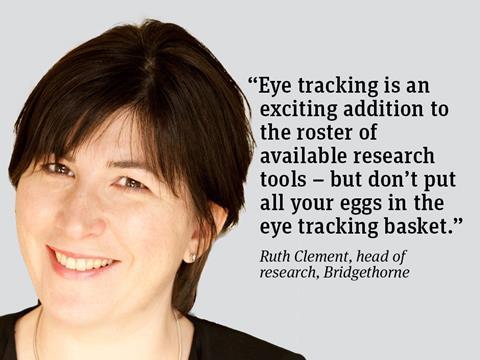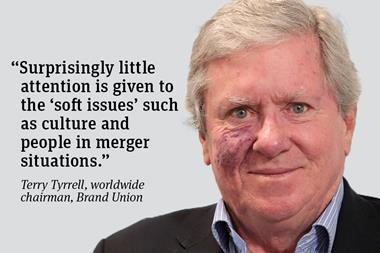
Over the past few years, eye tracking has become an in-vogue research tool for leading players in the fmcg sector looking to learn more about shoppers. This has, in part, been prompted by a significant increase in the use of mobile devices, the development of more varied and better-quality stimuli and a demand for faster access to research data and insights.
The insights that eye tracking produces are being deployed across a range of commercial challenges, from testing packaging design to optimising shelf layouts in store and even online, to planning and measuring the effectiveness of advertising and promotional collateral.
The methodology works on the basis that ‘the eyes don’t lie’. In measuring the subject’s eye activity, it monitors where they are looking, what they are taking notice of and what they are not. It can even monitor when the subject blinks. You can see specifically where on an item of packaging a shopper may be looking and the impact that may have on their shopping behaviour. By observing how the subject reacts to different visual spurs, detailed insights can be gained.
However, in its enthusiasm for this technology, suppliers and retailers may be missing the point - that the metrics that originate from a split second of eye movement can only be properly optimised when used alongside other, more conventional methodologies; those that also consider language, terminology, body language and more.
The use of more conventional techniques alongside eye tracking enrich the insights and give a rounded perspective on shopper behaviour along the entire path to purchase, taking into account the full plethora of external influences. This insight is no less valuable to brands than eye tracking.
The key is to strike a balance and find the objective metrics best suited to what the brand is trying to understand, which may mean placing greater or lesser emphasis on this, rather than body language or emotional state. Eye tracking is an exciting and valuable addition to the roster of research tools but rather than disregarding other methodologies, perhaps it’s time to use them in conjunction.
Ruth Clement is head of research at Bridgethorne



















No comments yet